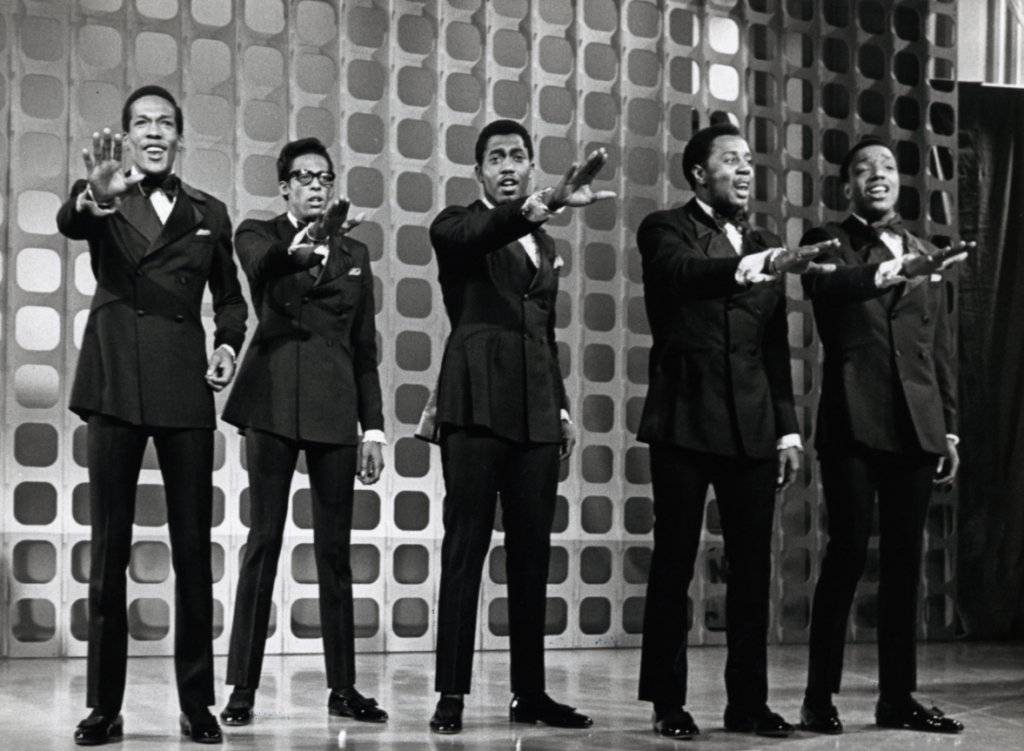Perpetually Question How We Work
Post Pandemic, Continue Asking Why Do We Work the Way We Do.
A.K.A. – Don’t throw out the ham ends…
You may have heard of the baked ham story. The one where the two ends of a ham are cut-off because the oven was too small to accommodate the ham so it had to be put in a smaller pan. Then, generations later, as the “famous” family recipe was handed down, the “tradition” of cutting off each end of the ham continued. Nobody asked why. Maybe family members made up elaborate assumptions on how it affected the flavor or they simply had blind “trust” in Great-Great Grandma May. It’s a good story to ask “why?” and to do it regularly. As a person who gets a nervous twitch in my right eye every time I see inefficiency, I have a small breath of relief to see remote work continue from the 2019 Novel Coronavirus, for those fortunate to have jobs that allow it. Companies were either forced (by employees or trends) to continue to allow remote work or realized it made for attractive recruiting tactics. Or other reasons that I failed to mention. So for the love of Gilbreth (that is, Frank Bunker Gilbreth, famous efficiency expert), continue asking “why, why, why” and help me manage my eye-twitching.
People seem to be getting more done with less time and needless to say, with less interruptions. Some data reports that 3 interruptions in any given day knocks out 1 hour of your time. People HR says it’s twice that.
And what about the focus time needed to think and process? This is becoming a newly appreciated realization. But let me ask you this: regardless of how much your job requires you to be in the office, how much downtime to think and process do you require to be impactful on a daily basis? (I’m gathering this information in this three minute survey, so please take this if you can – you may even get a Bourbon and Pie sticker for your contribution. One never knows ;)).
To continue on the “why wagon”, and gather more skills to increase effectiveness, here’s a few things to consider:
- (Kindly) practice saying “no”. Why are you allowing more work to pile up when you immediately know certain asks of you will kill the next day or week?
- Introverts, take heed in this helpful article and avoid an Introvert Hangover.
- Remind yourself you have a life outside of work – and if you don’t, find one. Realize you’re not alone with social scarcity with Caution Fatigue still being felt from the pandemic aftermath.
But whatever the case, use the oxygen mask metaphor and put yours on first (AND BREATH) before tackling challenges take you away from the task at hand.







